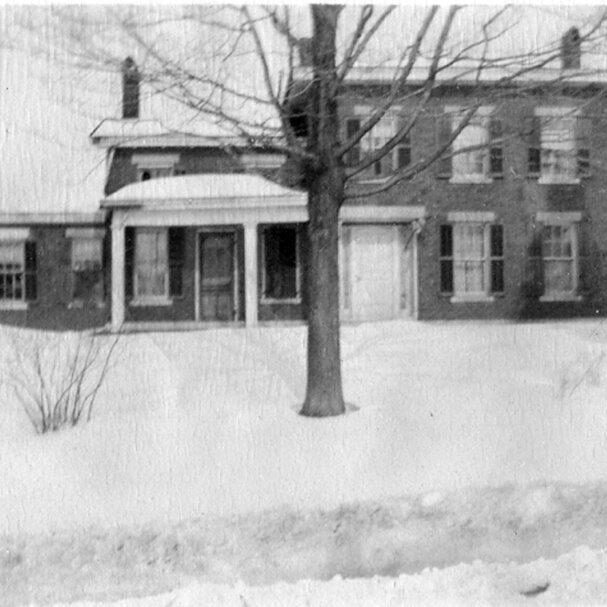Building from the ground up
I shared a video a few weeks ago of the kids learning for the first time we’d purchased this property. In it, we mention it’s going to be our farm.
Beyond growing for ourselves, we hadn’t cemented any plans. We thought it was a great idea to feed our community, but could we pull it off? The land and buildings themselves had to be tackled first, then we could decide what was feasible.
The property was bank owned, we bought it not knowing if all three building were tear-downs. (If you remember what this place looked like, that was entirely possible.)
Let’s talk about the brick building first, since that’s the one that was the most heart breaking for me.
It was built in 1850. I researched records and deeds dating into the 1700s. I believe there may have been another house here prior, as a ten-year lease agreement, signed in 1840, existed between the owner and another party. For use of the property, the renter paid in milk, drawn from dairy cows here. There were definitely barns here, one which we believe is now the store. (More on that later.)
Saying we attempted to save the brick house is a stretch, but we did look into it. An engineer quickly let us know if we planned to save the structure, we’d be looking at a minimum of $250,000, just to make it livable.
This kept me up at night. I don’t tear down homes. I’d previously lived in and restored a Victorian, that many others said wasn’t livable either. I wanted the brick house to come back to life, too.
Ultimately, I had to accept the fact that we were not the ones that caused the house to be in such a state. The windows had been removed, flooding the structure with feet of water in the basement. And while the front looked good to those driving by, they had no idea that someone had removed the steel, as well. With nothing tying the front and back together, the rear of the building was collapsing.
I resigned myself to the fact that the only reason we were able to purchase this place was because no one else dared to take it on. It was a disaster, but I think it was meant for us.
After finally admitting the home wasn’t savable, we decided to salvage any materials that remained, which were few.
The place had been gutted. It was a hollow brick frame. No walls, no trim, no original anything, except two rooms of flooring. Some studding had been put in place, which I removed, stripped of the nails and you now see as shelving in the store.
A couple basement windows remained, which I’ve saved for some other project, yet to be determined.
The flooring, gorgeous old growth pine, was largely unusable from the water damage, but the interior pieces held some promise. While there wasn’t enough to be useful in even one room, we saved them and later turned them into our dining table and a range hood in our new house.
Tim carefully and methodically took down the building. The limestone foundation made its way to another farm on Beaver Street.
I’d planned on repurposing the brick in our new home, though unfortunately, someone stole that dream from me when they decided to steal a majority of the bricks I’d painstakingly cleaned and palletized under the cover of darkness one night.
There was a large carrier beam, hand hewn and just stunning, we planned to also repurpose. It was the last item to be removed during the delicate tear-down. In a moment of absolute disbelief, we watched the beam disintegrate before our eyes as it was removed, likely from dry rot.
Another realization of gratitude came while watching, as had we attempted to save that building, that estimated $250k would have been a drop in the bucket.
The house was old, but not historic. It was gorgeous in its day, but unfortunately, couldn’t survive the damage that had been done.
I felt it incredibly important as we planned to build here, to find a design that was appropriate for the land.
For all but a few years since the 1700s, this land has served agricultural purposes, many feeding the community.
It was a dairy farm, an apple orchard, a horse farm and now a veggie farm. For a decade or so, an antique shop operated up front, bringing from what I am told was a real variety of neat items to the community. (I do that, too!)
On a side note, because I also think this is pretty cool- one of our customers who’s become a dear, dear friend told us a story once of when she used to shop at the antique store. It was called Long Meadow Antiques and owned by a man named Vernon Dow.
She purchased a dresser from Vernon back in the day and still owned it.
Later, she gifted that dresser to us for a housewarming present when we finally moved onto the farm. Mysteriously, it matches another dresser I owned, gifted to me as a housewarming gift from the previous owners of the Victorian home I restored.
So we built a house designed to look like it’s always been here, atop the hill, looking over all the farm.
I’m sad the brick house had to go, but am thankful we know its story and get to continue the next chapters with the same theme, bringing good things to our friends and neighbors.
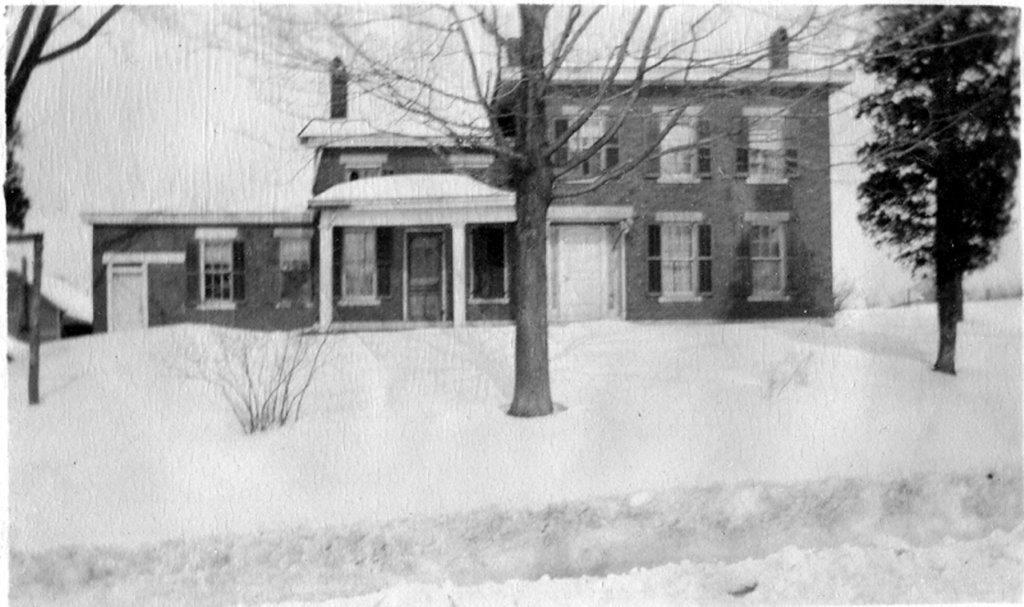
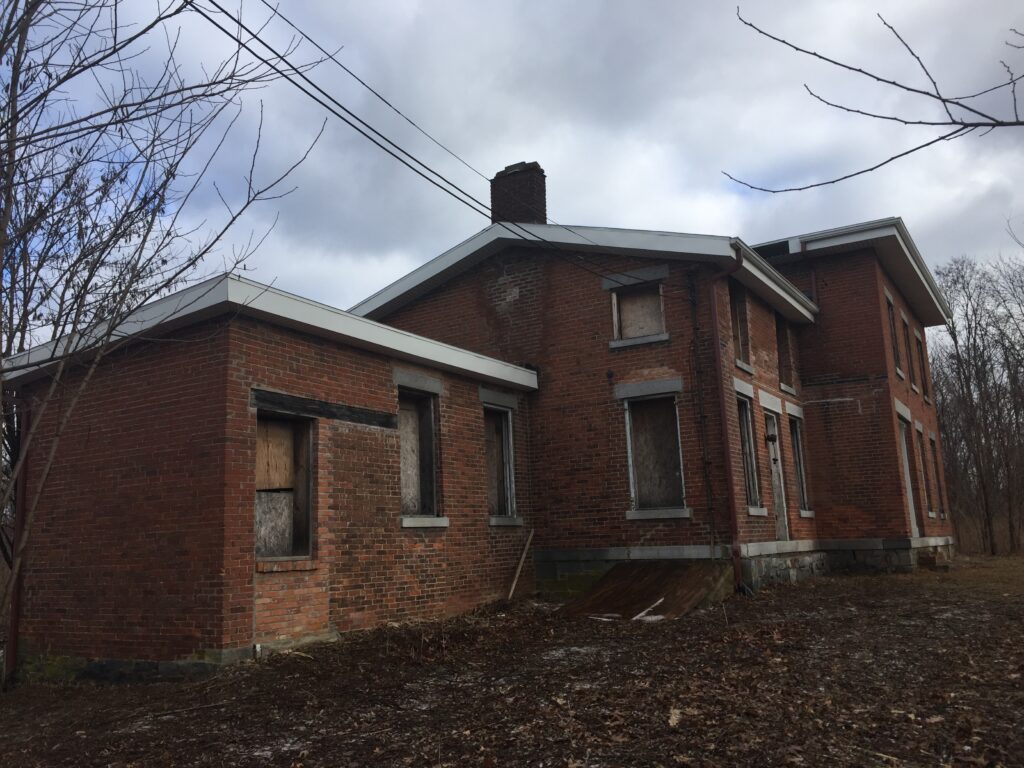
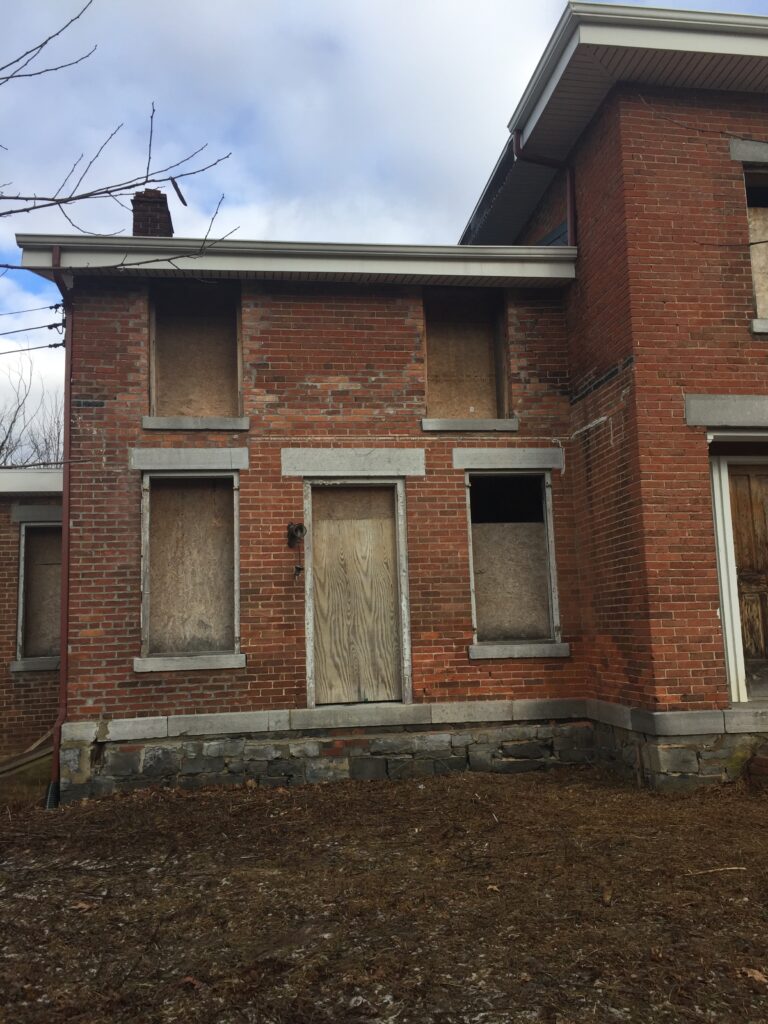
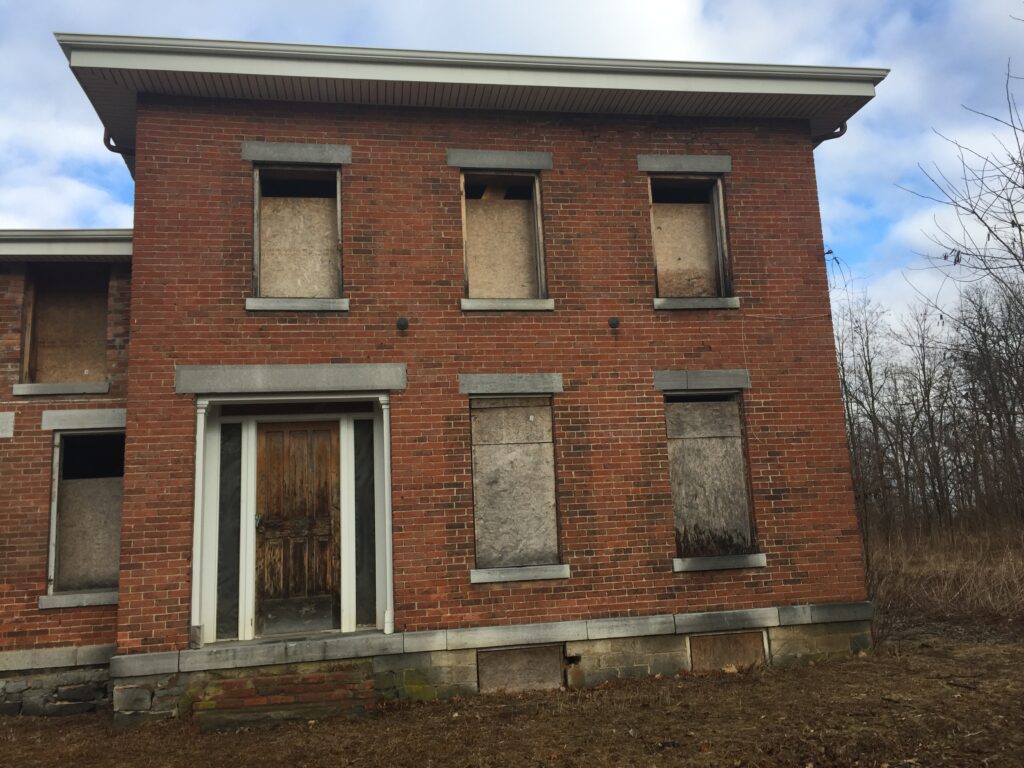
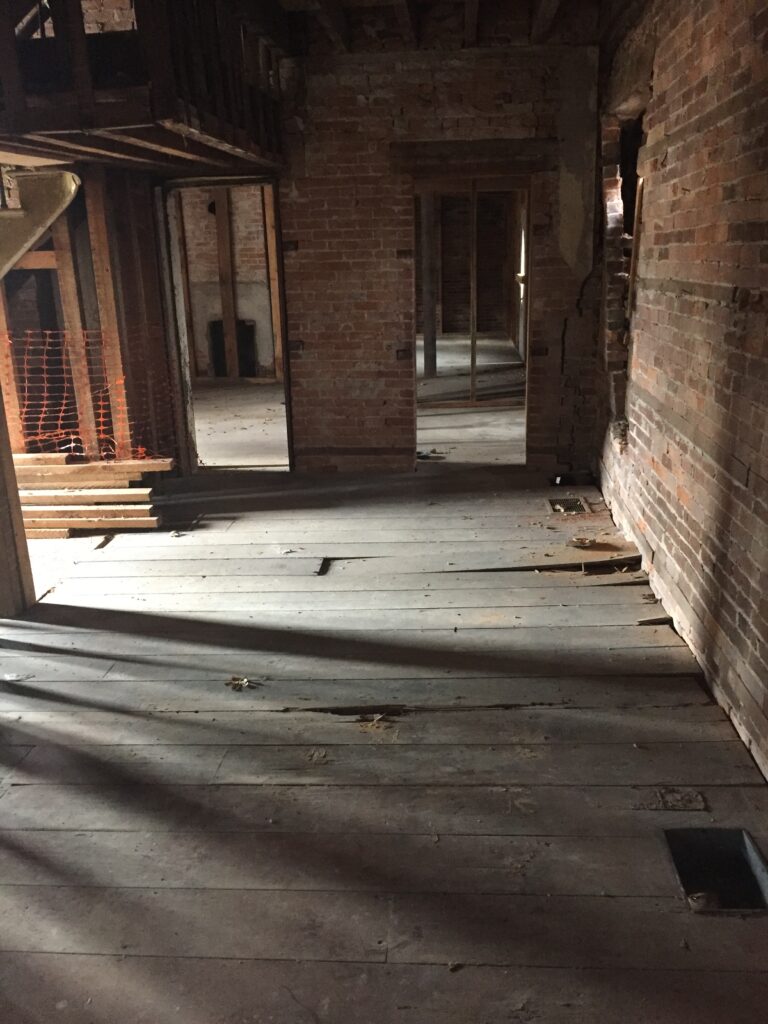

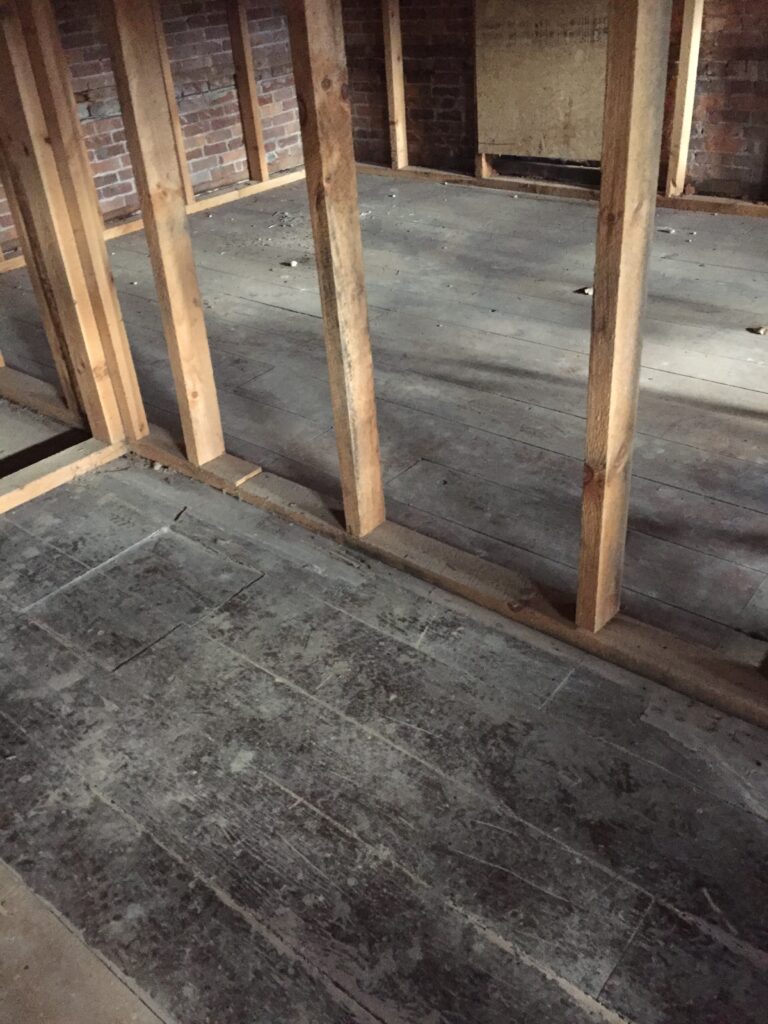
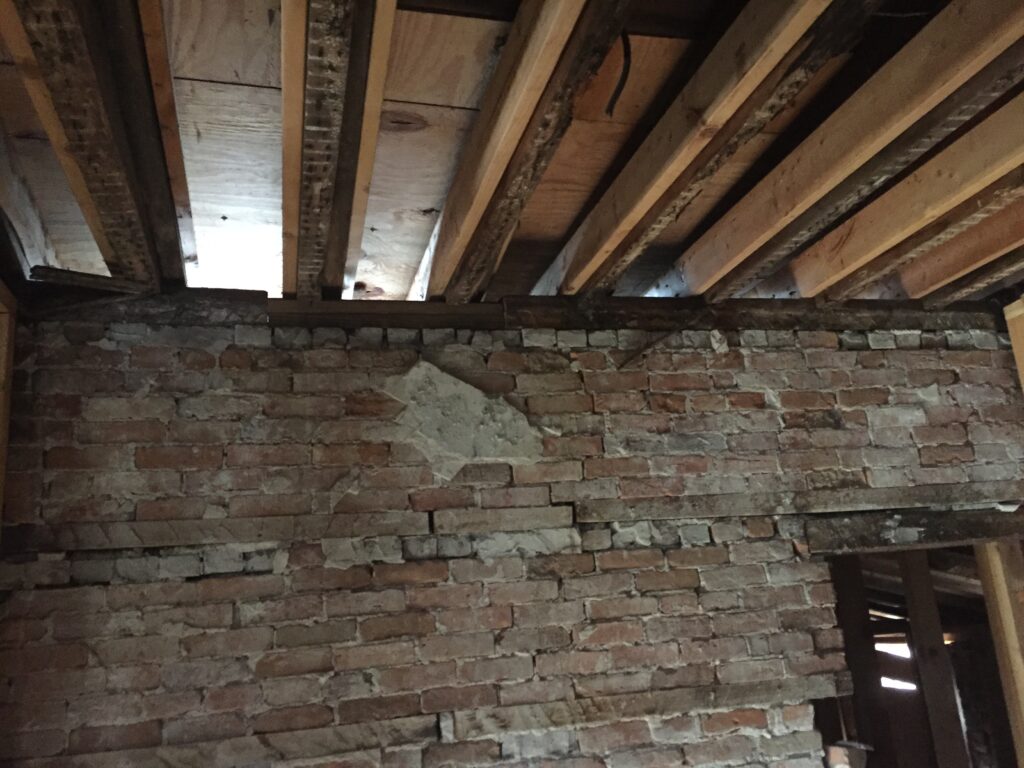
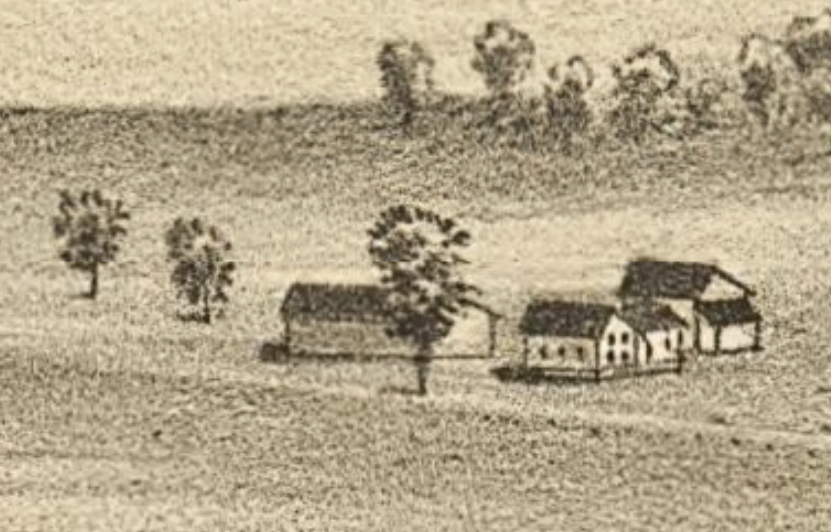
OSM
